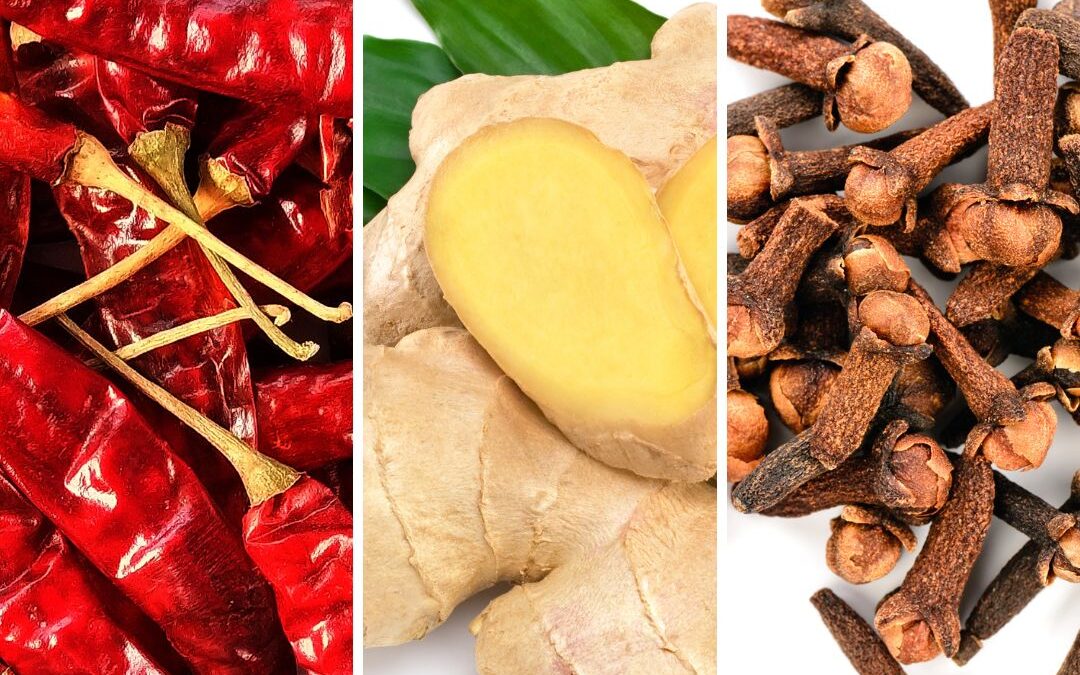
Constantly being in pain is an insidious thing. It’s not just the pain. It’s how that pain affects your life. Research has reported a strong correlation between chronic pain and anxiety and depression.
It can also knock your confidence, and it may cause you to adapt by doing less, often becoming more isolated.
As a result, pain relieving medications, while at times necessary, can come with a variety of side effects. This article shares three commonly available herbs, which are backed by research and clinical observation, in relation to their use in pain management.
Herbs can be used as an adjunct to your current pain management protocol
I’d strongly encourage you to not only think about these herbs as options for managing your pain but also to speak with your herbalist in relation to how these herbs can be used to support your current pain management protocols.
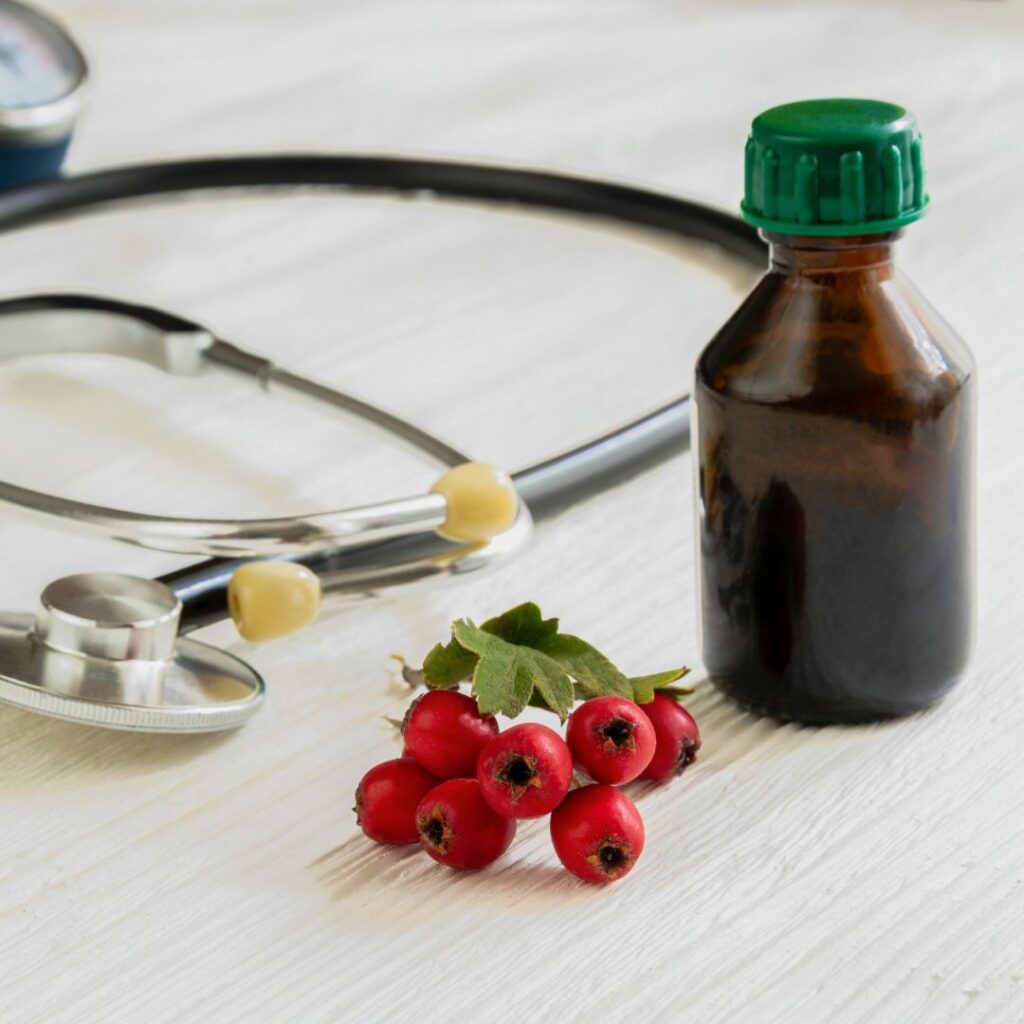
Some herbs, increase the action of medications and in the hands of a skilled practitioner, can improve the ability of your medications to do their job.
What type of pain is it?
Just like with your pain medication, it’s important to understand what type of pain you’re dealing with. Is it short term, otherwise known as an acute injury from overuse, for example. If that’s the case, then you want to manage the pain so that you’re still aware of it but it’s not too much to handle.

If, for example, you overdid it at the gym, then this helps you to avoid reinjury by getting back to the gym too quickly.
If you’ve lived with your pain for three months or more, then we’re talking about chronic pain. It might be constant or it might come and go. And this type of pain needs to be managed alongside your recovery protocol.
The other aspect that we need to understand is what sort of pain is it? Are we looking at nerve pain, muscle pain or skeletal or bone pain?
The Chilli Pepper
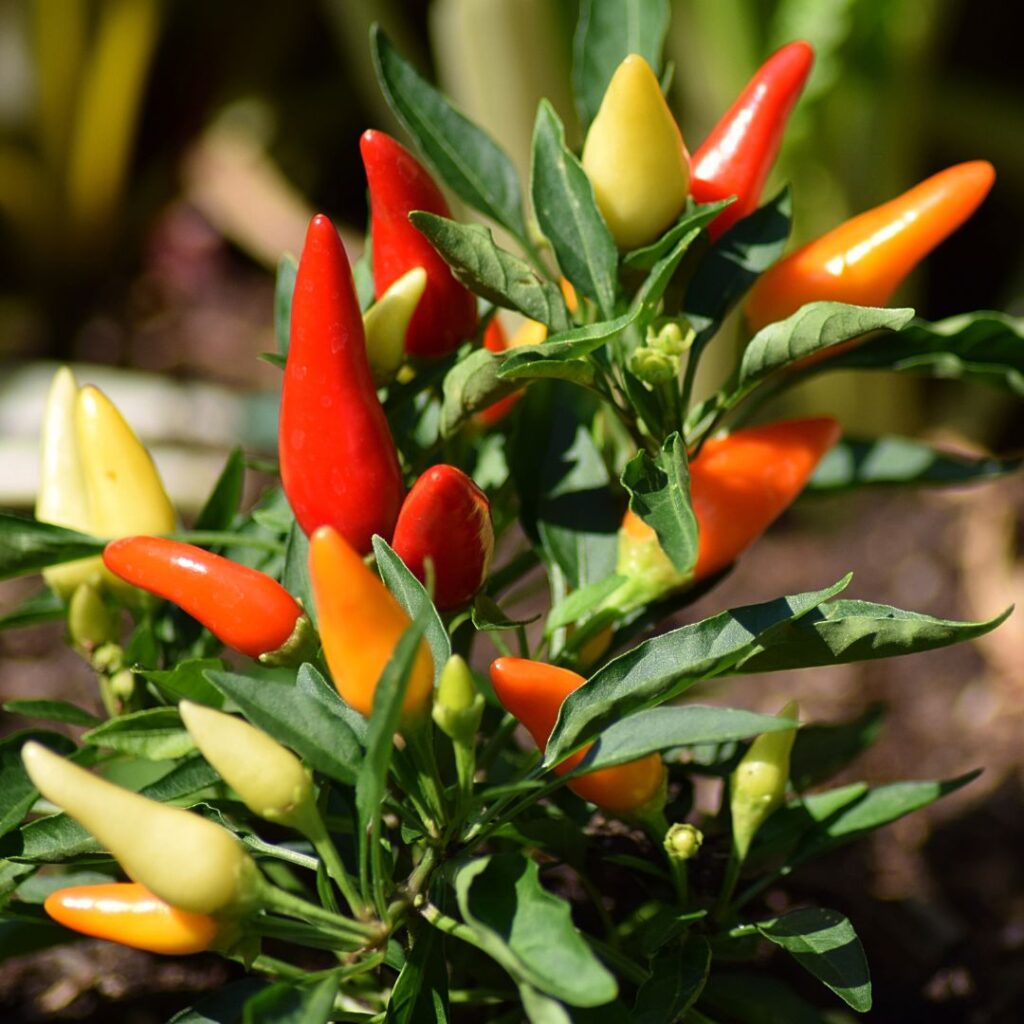
First up is the chilli pepper and the phytochemical, or plant chemical that gives chilli its famous pungent heat is capsaicin.
Capsaicin activates sensory nerve fibres that allow you to notice chilIi’s pungent heat. One of the neurotransmitters that gets released when these sensory nerve fibres get activated is called Substance P. Why are we so interested in Substance P? It’s a neurotransmitter which signals that we’re in pain when it binds with its main receptor, neurokinin 1 (NK-1).
In simple terms, if we have less Substance P available or if we have less NK-1 receptors or if our NK-1 receptor is offline, it’s busy doing other things or there aren’t many of them then our pain reduces. Before I give Substance P a bad wrap, this neurotransmitter does other important things too.
It’s involved in wound healing and the immune response. So it’s not about eradicating it. It’s about getting the balance right.
How to use chilli pepper as a medicine
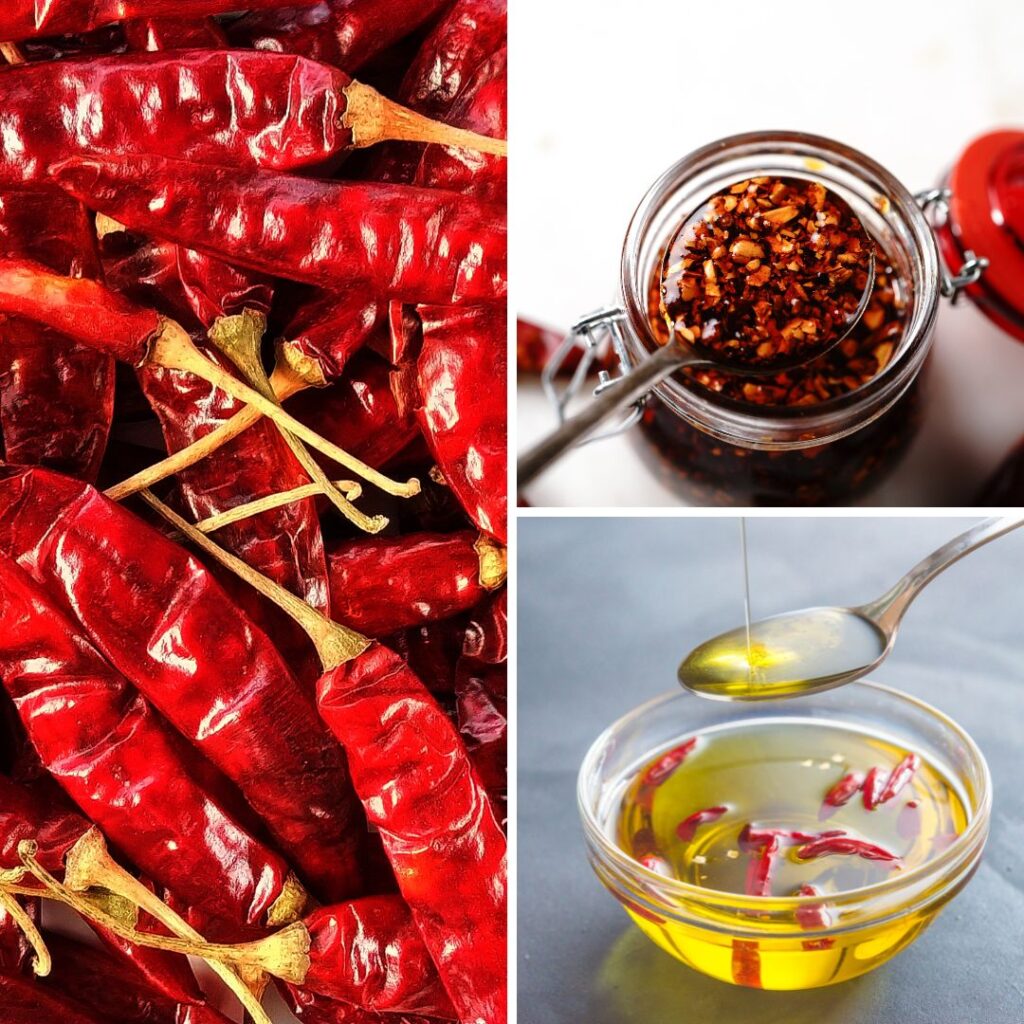
How do you get your chilli in?
If you can tolerate it, it’s a great addition to your diet. You can also take it as a tablet or as an oil or cream.
Don’t give it to children or apply it to open wounds. If you’re using it as an oil, a powder or a cream topically, do a patch test first and because it’s extremely heating. Don’t apply it with heat like a wheat bag or a hot water bottle, for example, or after a hot shower.
Capsaicin can irritate your stomach, so use it with caution if you have heartburn or ulcers, and it can also interact with ace inhibitors and drugs that reduce your stomach acid and also blood thinning medications or herbs.
Ginger
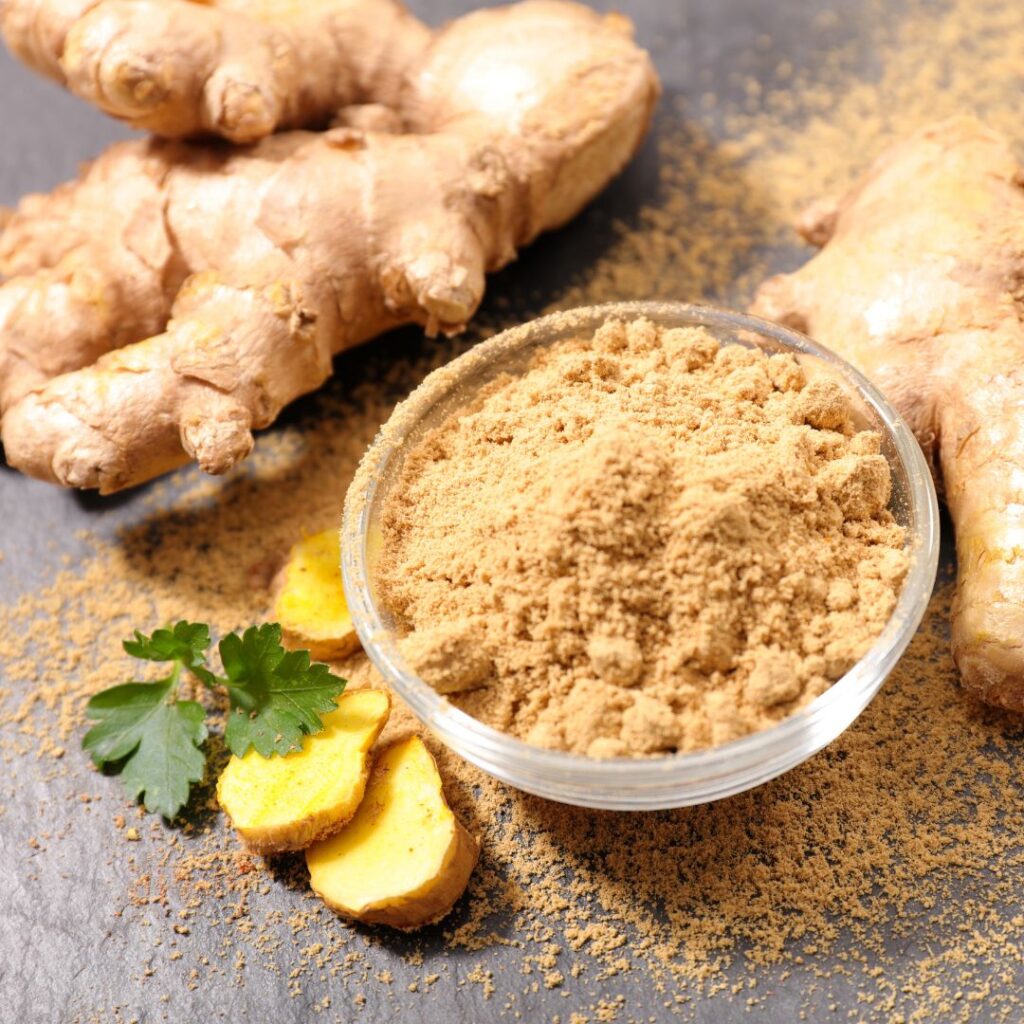
We’ve talked about ginger in The Many Medicinal Uses of Ginger in relation to boosting immunity. Ginger or Zinger officinalis is a potent pain relieving herb.
We’re interested in a phytochemical known as the gingeroles. It’s most commonly associated with its ability to stop you vomiting, but one of the ways that gingeroles do this is by reducing the activity of, wait for it, Substance P and its receptor NK-1.
So how do I like to take my ginger?
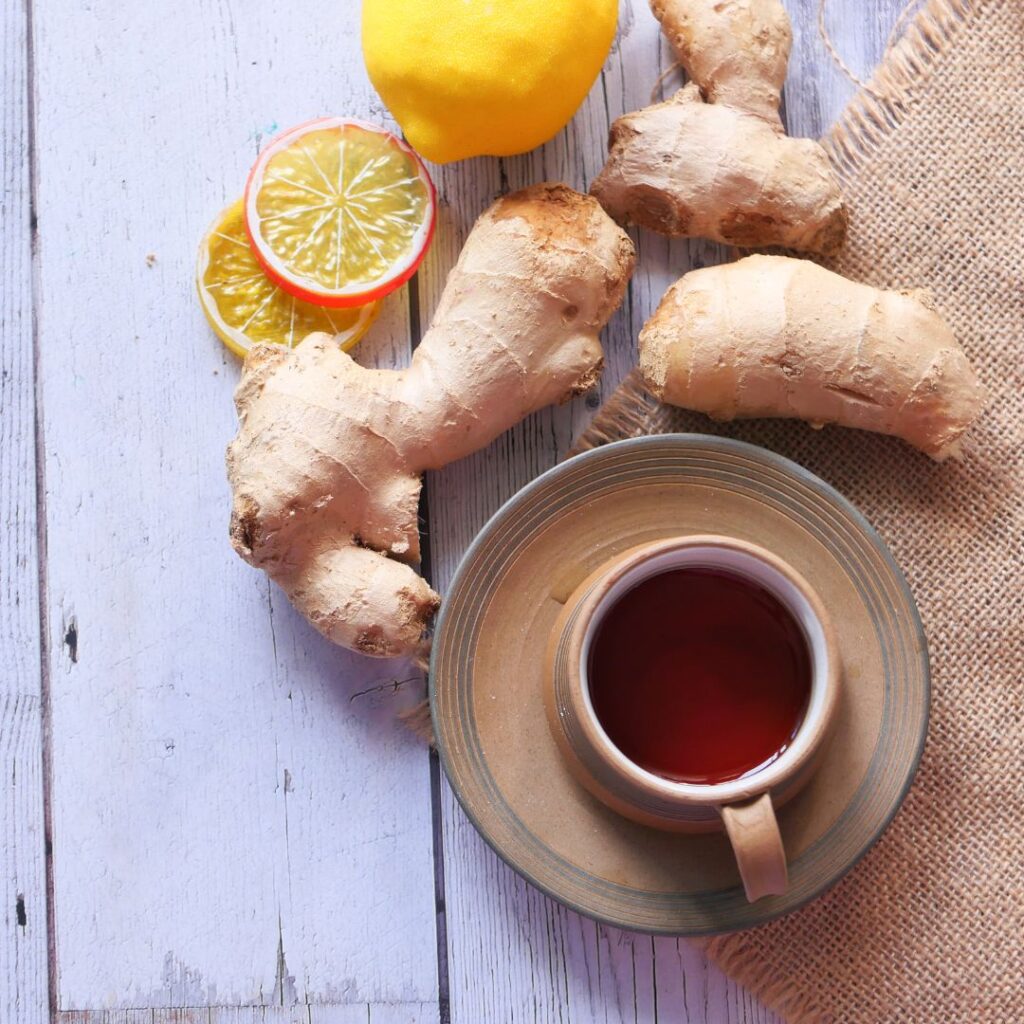
It’s best as a fresh root in your diet or as a tea.
You can add it to food, salad dressings or take it as a tea. I blitz my fresh ginger root in the nutribullet, and then I top it up with boiling water. Or I make a whole bunch of extra ones and make them into ice cubes to keep in the freezer. And then you just add boiling water.
You’ve got instant fresh ginger root tea. It can also be prescribed as a tablet. It can be added to your creams and your ointments as an essential oil or a tincture. A tincture is when a herb is soaked in a combination of alcohol and water. The phytochemicals move from the herb into the liquid, and then the physical plant is discarded.
Clove
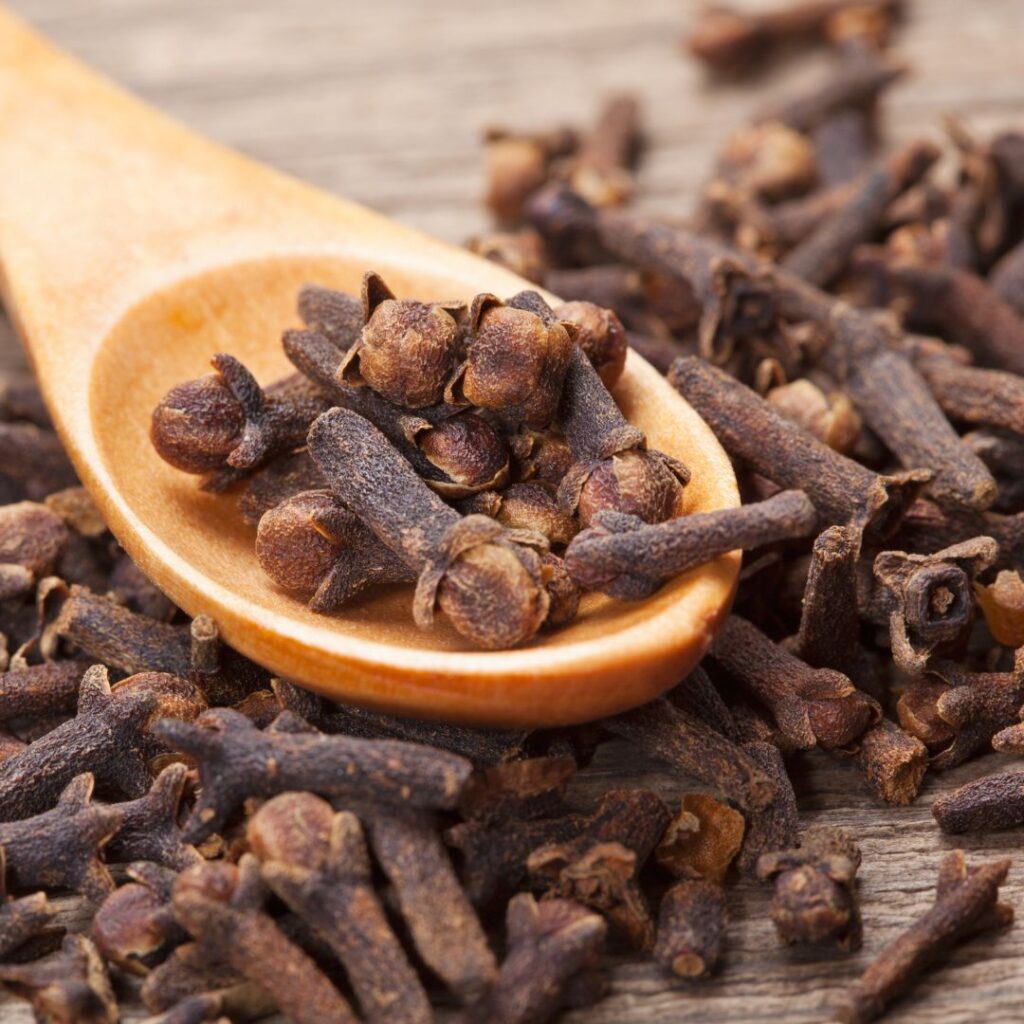
This is THE herb for anybody who has a toothache and is waiting for an appointment with the dentist. It’s clove or Syzygium aromaticum.
Its anaesthetic qualities are due to the phytochemical eugenol. Clove oil is also antifungal and anti microbial, so it’s a useful ally when you’re waiting for the dentist.
Clove is the over the counter herb that I really love when you’re dealing with nerve pain. But clove oil can irritate surfaces, and it can be toxic over the long term. So for this reason, it’s not one for the children, and it should only be used for short term pain relief.
How to use Clove as a medicine
My favourite way of taking it is a tea or a gargle or by chewing the dried clove. If you’re taking it as a tea, you can swish it around your mouth and swallow it. This is particularly helpful in dealing with toothache. So being in pain can be a soul sapping experience. It affects us on so many levels if you’re in pain, please know that you don’t have to stoically bear it on your own.
There are many options for managing your pain
There are a broad range of options: herbal, nutraceutical, pharmaceutical, acupuncture, mind based therapies; to name just a few it takes time to find the right combination, the one that works best for you, and that can be the hardest part. Reach out to your pain specialist until you find your sweet spot.

